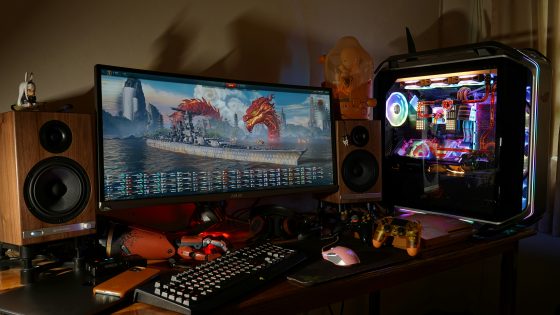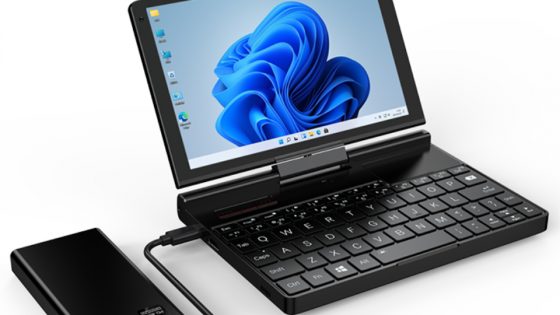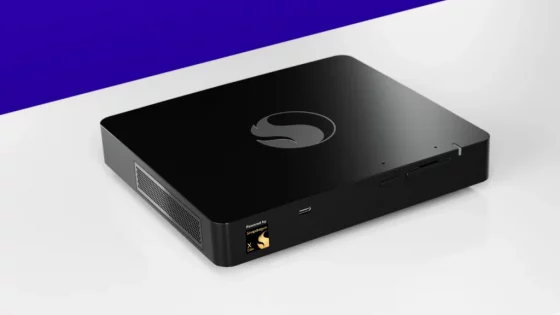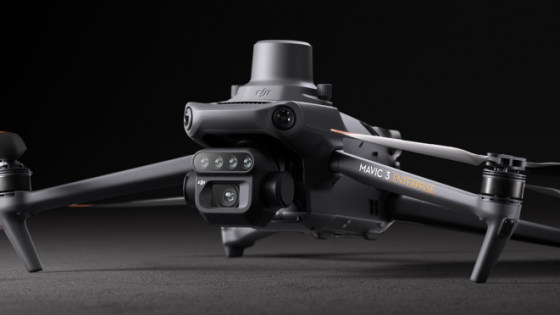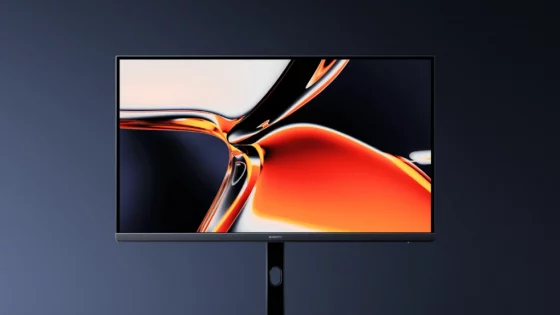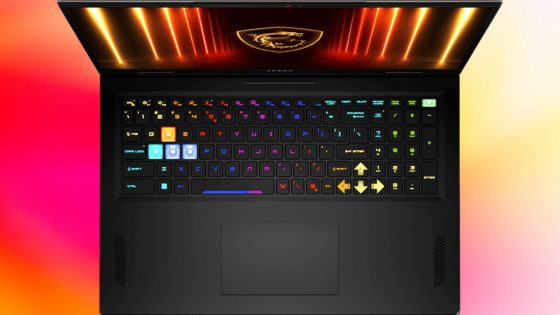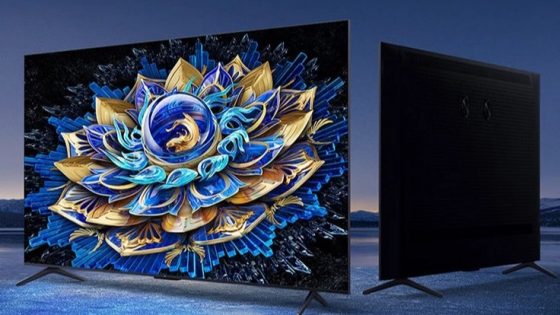Test: ASUS ZenBook S 16 with the new AMD AI processor
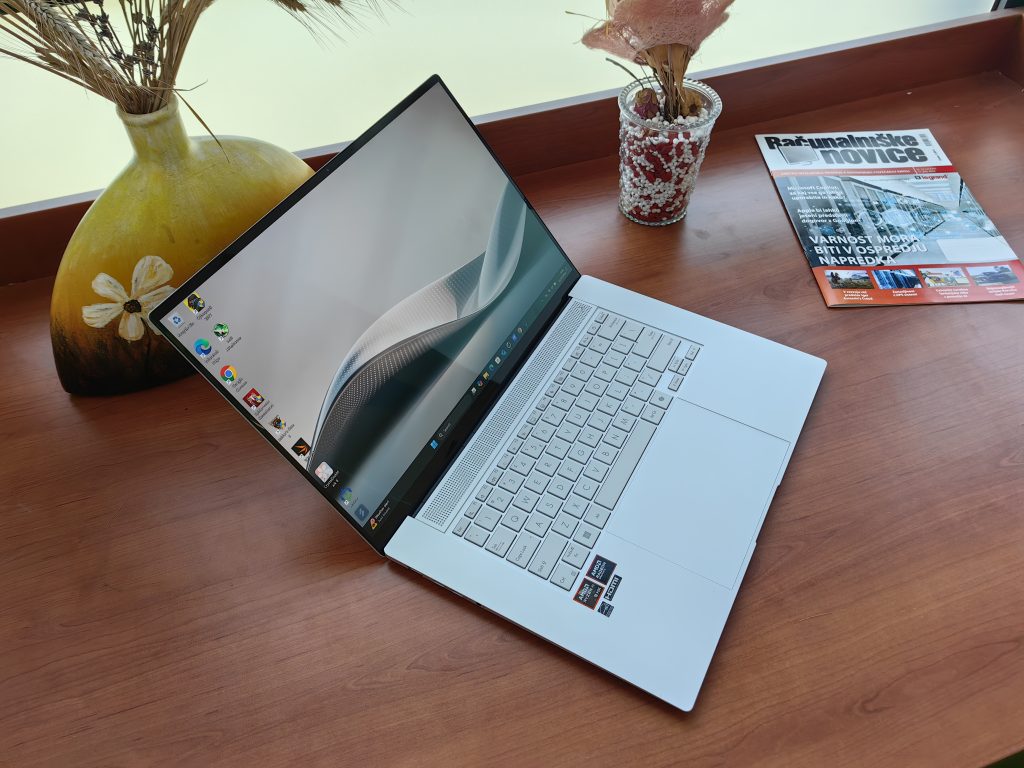
At the beginning of the month, I tested the first Copilot+ computer ASUS Vivobook S 15 with the new Snapdragon X Elite Arm chip. I was impressed with the overall battery performance, processor performance, quiet operation, excellent OLED display, and less so with software compatibility and gaming performance, where the Arm architecture still needs some work. I also didn't find the AI features to be useful for the average user, or a factor that should make you buy a Copilot+ computer.
The x86 competition responded. AMD presented the new Zen 5 chips (Strix Point), with which they want to compete mainly with Qualcomm, but they also have Apple in mind. For two weeks, I was able to test the ASUS Zenbook S 16 with the new Ryzen AI 9 HX 370 chip. Apparently, both AMD and Intel ran out of ideas on how to name the products. Before I go on an angry tirade, let's get down to the new ASUS Zenbook S 16.
| Advantages | Weaknesses |
| Good performance and efficiency | Lower brightness |
| Good battery | A shiny screen |
| Light and thin | Slower SSD |
| Excellent workmanship | High price |
ASUS Zenbook S 16 price?
- ASUS Zenbook S 16 32GB/2TB: around €2,300
ASUS Zenbook S 16 – one of the most beautiful in silver "ceraluminum" design
Light, thin and for general use - the ASUS Zenbook S 16 will not be a multitasking record holder or a gaming beast. Its role is excellent general use, whether we are at home on the sofa, in the office, or using it on our laps on the train, plane or elsewhere. It weighs a pound and a half, so again it's not the lightest, but it has a 16-inch screen, so the weight is just right.
It is made of ti "ceraluminium", which is a mixture of aluminum and ceramic, which, in addition to good durability, is also more resistant to stains. The build quality works great. Even with the aluminum Asus Vivobook S 15, I was satisfied with the construction, with the Zenbook I think they went one step further. There is no bending in critical places, and expectedly no creaking or plastic feeling.
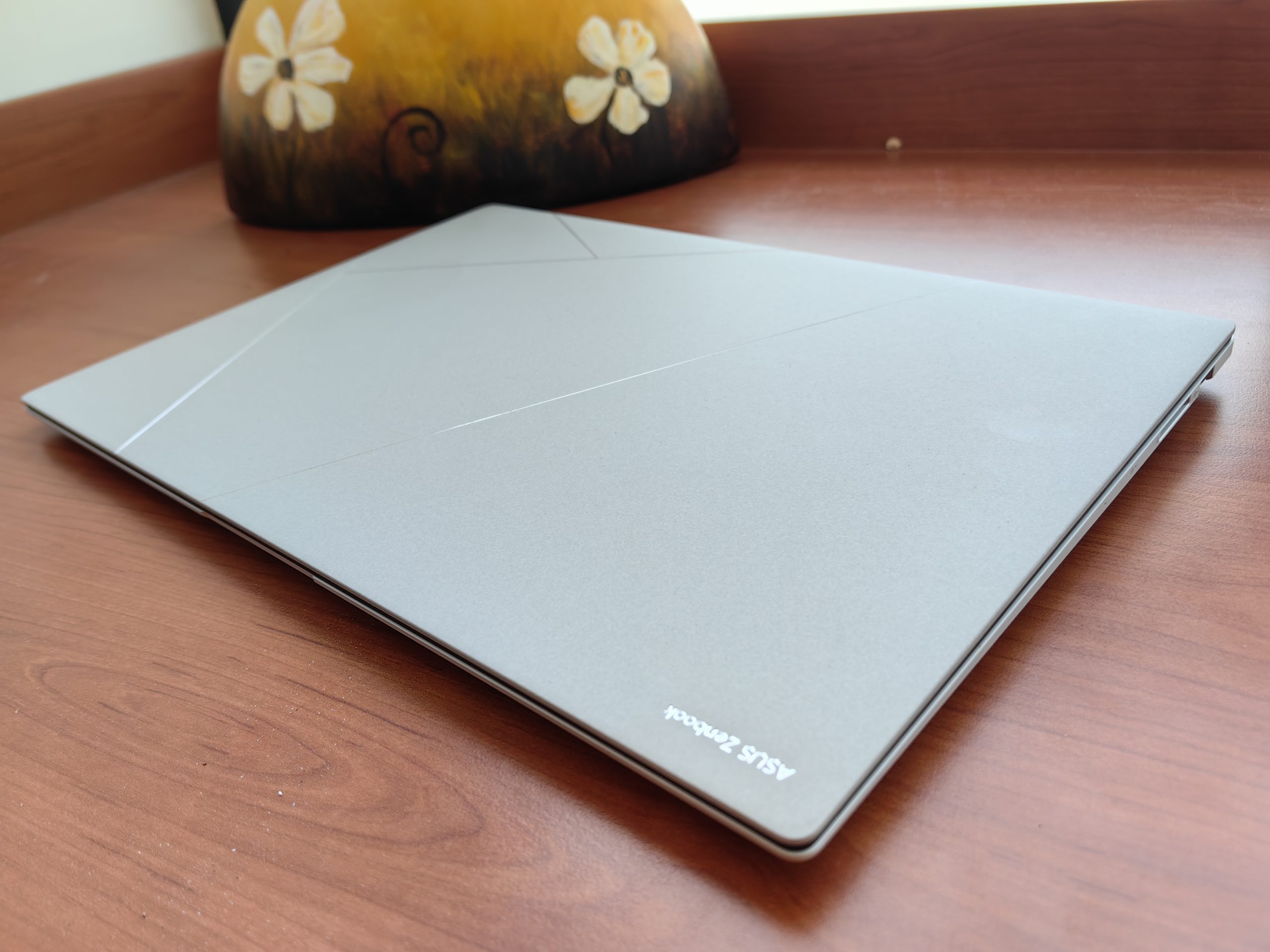
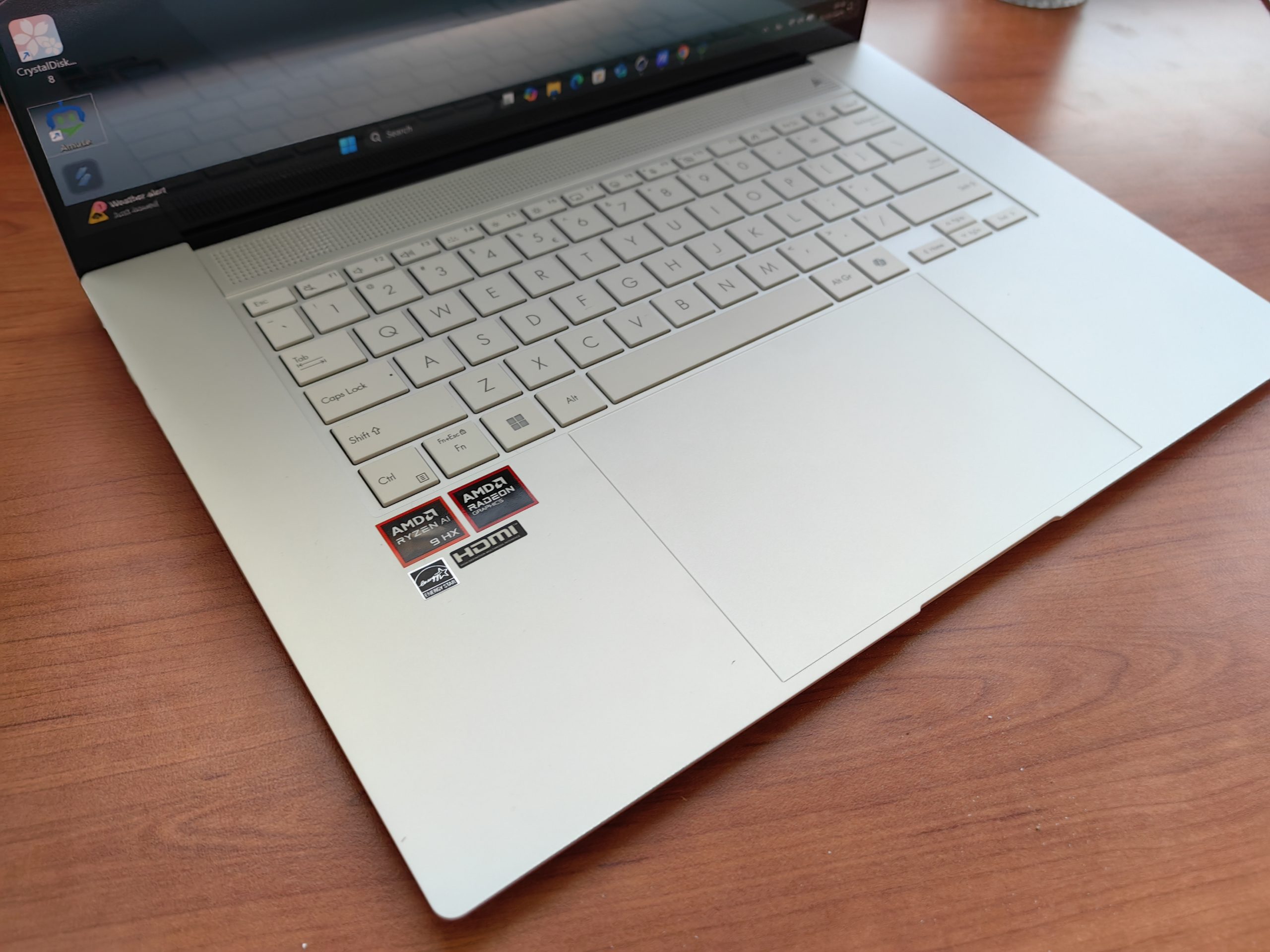
I was shocked when I saw it in the box. Scandinavian White, as ASUS has dubbed it, which is more silver than white, is truly divine. Since they did not overdo it with kitschy graphic elements, the color can come to full expression. It has a classic look when you open it, but it looks great when closed.
Unlike previous Zenbooks, the screen does not fold completely (instead of 180⁰ closer to 150⁰), the culprit for this is the cooling slots, which are now at the back and blow hot air away from the screen. The keyboard is not full size, due to the larger touchpad it is also placed a little higher, which takes some getting used to. The key travel is not very deep, typing is quite satisfactory, the tactile feel is solid, but it would not be my first choice for serious typing.
Above the keyboard is another long cooling slot, but it does not contain speakers. The sound only comes from the sides, so it is not an excess of quality. Depending on the available space, you could add another upward-firing speaker.
The trackpad is large, more responsive than the Vivobook and with the same gestures to control brightness, sound and browsing. Whether you will use them instead of physical keys is a question. The power button doesn't have a fingerprint reader, and you can use the IR camera to unlock the computer with Windows Hello support, which I had some consistency issues with.
The connections are standard, they didn't skimp, but they weren't too generous either: 2x USB-C 4.0, HDMI, 1x USB-A, SD card reader, 3.5 mm headphone jack. You could arrange the USB-C ports on one side, in this arrangement you are forced to charge the laptop on the left side.
You can replace only the battery and the SSD yourself, for which only one slot is available.
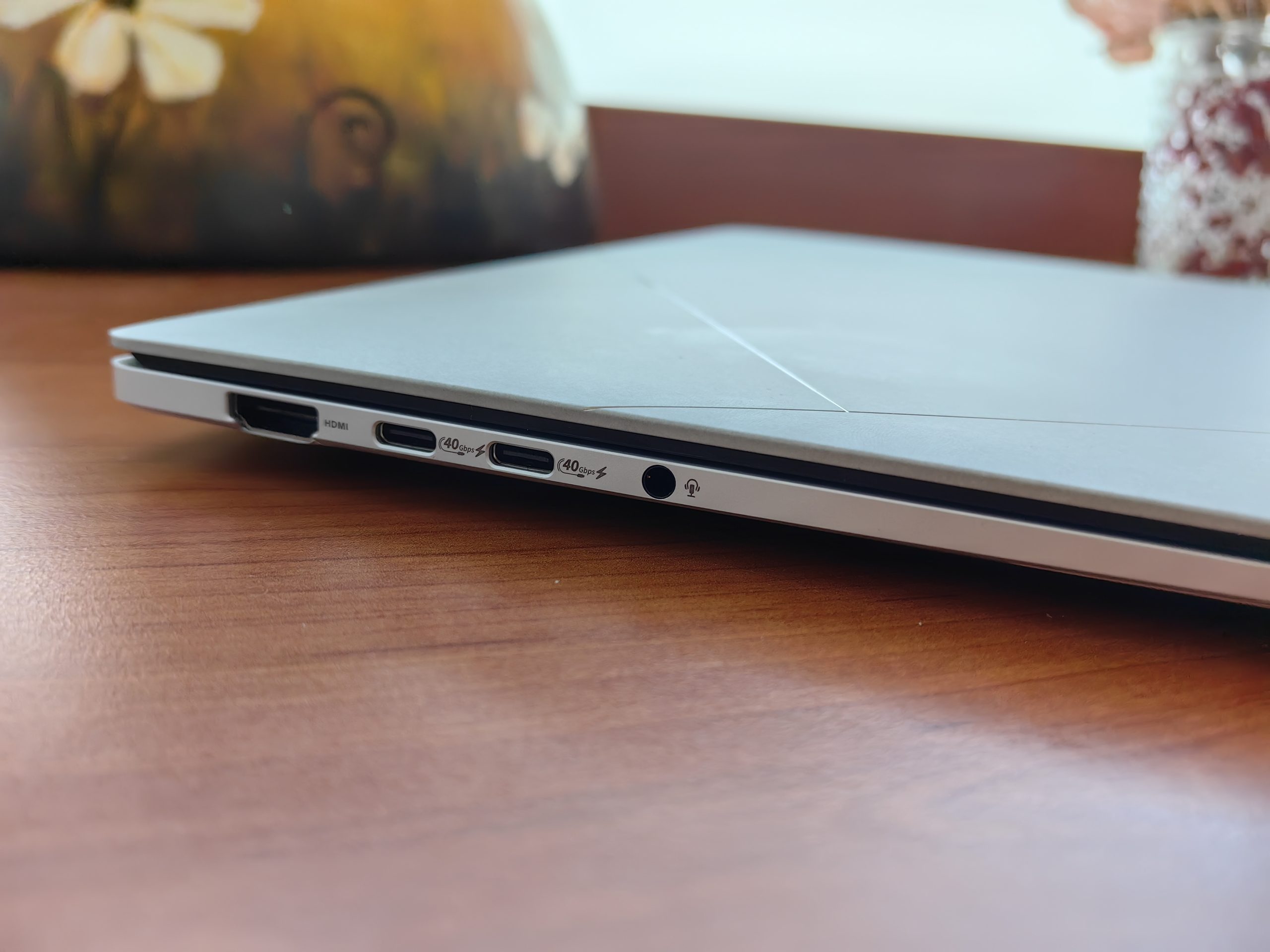
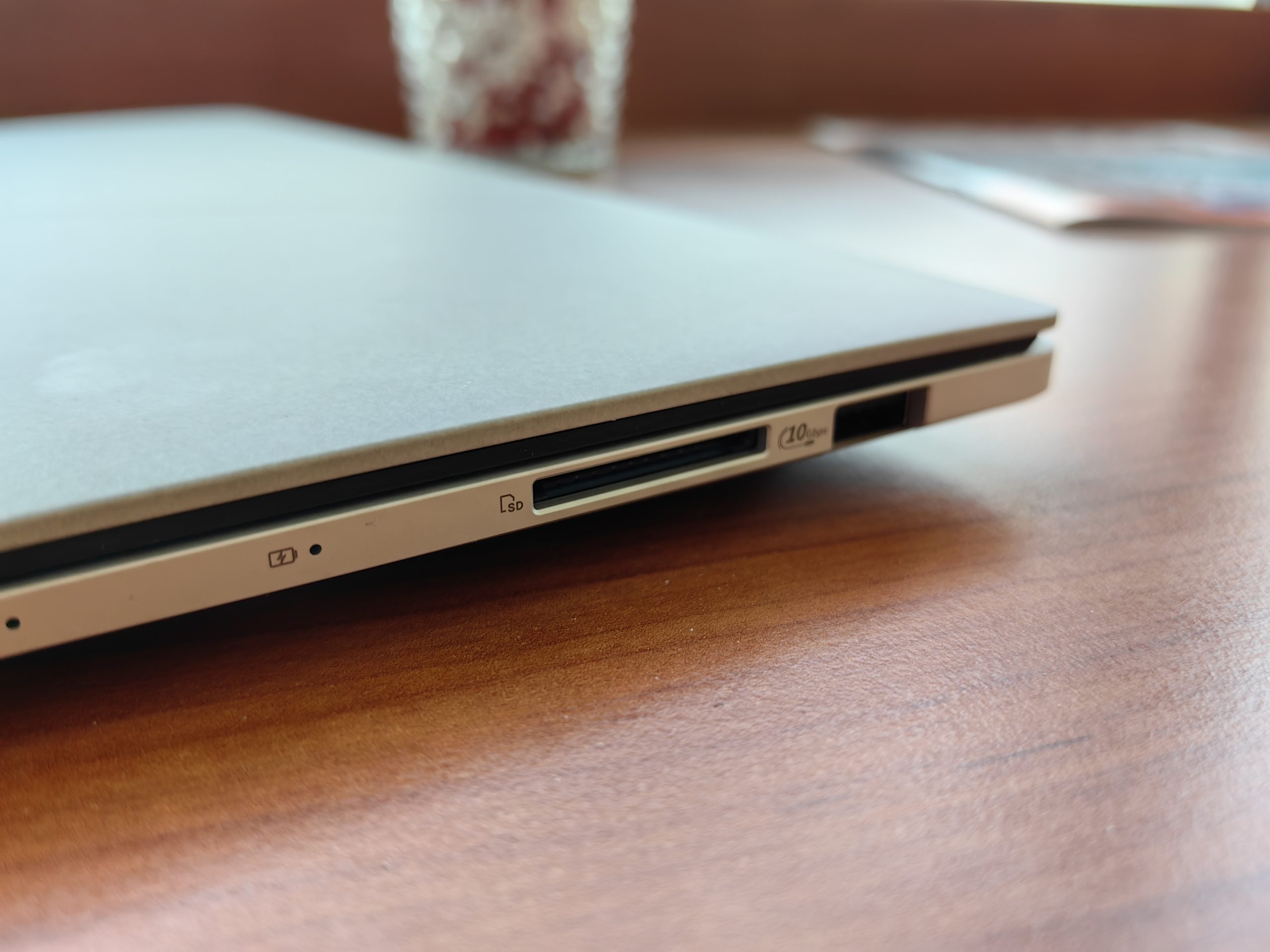
The OLED screen is very good, although glossy and not very bright
The OLED panel (touch screen) delivered the quality I expected: perfect blacks, excellent contrasts and colors, 3K resolution, but I am disappointed especially by the brightness (400 candelas or 550 in HDR), which is not intense enough and I expect problems with use in well-lit offices or outdoors. You will have to use more than 70 % brightness most of the time, which means that much worse battery. The screen is also very glossy, and there is no matte version available.
Without these two drawbacks, I would have a perfect OLED screen in my hands.
The new AMD chip has had some wins and some losses
- AMD Ryzen AI 9 HX 370
- Integrated graphics card 890M
- NPU chip XDNA; capacity up to 50 TOPS
- 32 GB LPDDR5X-7500
- 2 TB SSD (4th generation)
AMD Ryzen AI 9 HX 370 is based on a completely new architecture. It has 24 threads, 12 cores, of which four are performance (Zen5) and 8 are efficient (up to max. 5.1 GHz). There is also a Ryzen AI 9 365 chip with 10 cores and 20 threads. The Radeon 890M integrated graphics card is also a completely new design based on RDNA 3.5 with 16 computing units and a frequency of up to 2.9 GHz. It is the most powerful integrated graphics card currently available and can rival the RTX 2050 in terms of performance. Integrated graphics cards have come a long way in recent years and are powerful enough to be used for not too demanding gaming.
- Geekbench 6: 2762 (Single-Core); 12,211 (Multi-Core); 32997 (OpenCL)
- Cinebench 2024: 109 (single-core); 893 (multi-core)
- 3DMark Time Spy: 3445
- 3DMark Fire Strike: 6746
- Handbrake (from 4K to 1080p): 5 minutes and 15 seconds
- CrystalDiskMark: 3503 MB/s (read), 2868 MB/s (write)
The BIOS update slightly improved the test results, and if you look at the numbers alone, AMD has significantly improved the results of its predecessors, falling behind the Snapdragon X Elite and M3 chip, but it is worth pointing out that the Ryzen 9 HX 370 runs at 30W, while the Snapdragon it can go up to 50W.
It is equal to them in video decoding, and the undisputed winner in the field of graphics. Surprisingly, the PCIe 4.0 SSD is relatively average and has speeds more similar to those found in PCIe 3.0 drives. I did not notice overheating, during the Cinebench test the average temperature was 74⁰C, and in 3DMark it was 80⁰C.
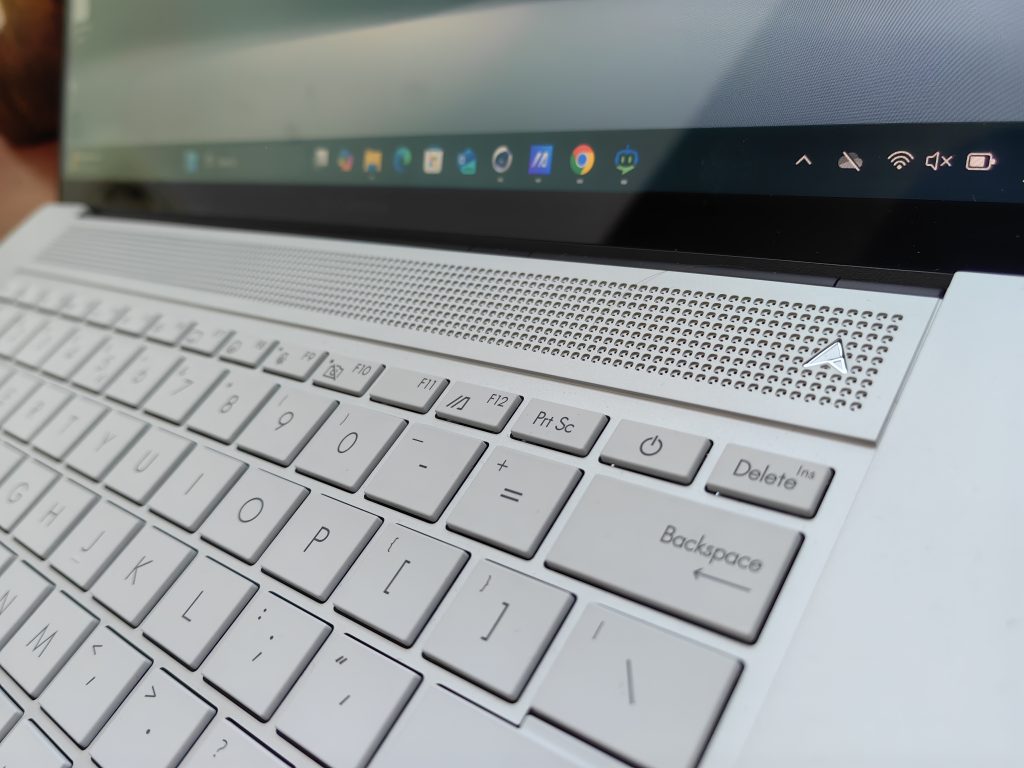
I was most surprised by the battery (78 Wh). For test purposes, brightness was set to 70 %, screen 120 Hz, Standard mode on in settings. When watching YouTube clips (1080p), the laptop lasted 11-12 hours, and with moderate use (Word, YouTube, web browsing) simulating my work day, around 9-10 hours. When playing games, the autonomy is expected to decrease to just over two hours. These are very similar numbers to Snapdragon notebooks, which means Qualcomm can't just hang on to a tiny battery advantage right now and go out of their way to iron out driver and compatibility issues.
Speaking of games:
- Baldur's Gate 3: 32 fps (1080p, Low)
- Spider-man Remastered: 45 fps (1080p, Low)
- Cyberpunk 2077: 35 fps (1080p, Low)
- Overwatch: 100+ fps (1080p, High)
- Shadow of the Tomb Raider: 77 fps (1080p, Low)
I didn't use FSR, so you can expect even better results if you tweak the settings a bit.
I wouldn't choose it as my main gaming PC, but if I want to play some games after work, albeit mostly at lower settings, the ASUS Zenbook S 16 is good enough.
The XDNA NPU chip has a capacity of 50 TOPS, which means that it meets the conditions set by Microsoft for Copilot+ computers. In addition to some of the features I've already tested on the Vivobook, I also tested Amuse (early version), which uses local sources to create photos. It produced a set of four images in 20 seconds, which is a few seconds slower than the Snapdragon, according to the results I was able to find online. Amuse uses Stable Diffusion to generate images and if you are at least a little familiar with this model then you know what results to expect. The photo style is much more realistic than, for example, DALL-E, but it has problems with hands, eyes and limbs in general.
Despite AMD putting the AI tag right in the middle of the chip's name, I maintain that, at least for now, AI shouldn't play a role in choosing a computer. There are too few programs that need the NPU chip and also take full advantage of it. Programs that can do this, however, are not used by the average user.
ASUS Zenbook S 16 is a good choice for an all-round computer
The new chip, which mostly fulfilled what was promised, and more importantly, improved the results of its predecessors, with which it can match and even overtake the "newcomer" Qualcomm. The battery is great, so is the screen, but it has issues with brightness and reflections, and the SSD could be faster. It is also hindered by the high price.




